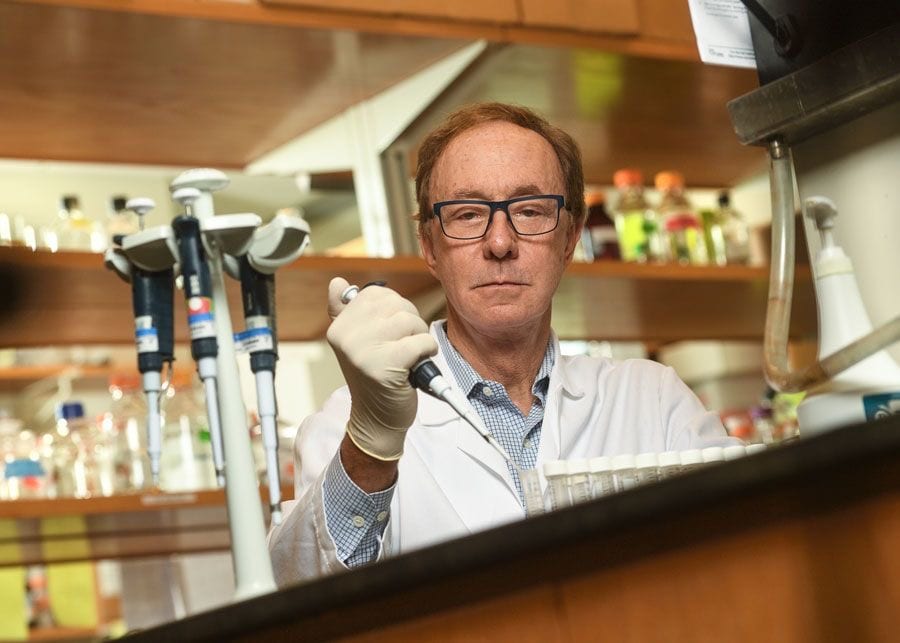
George Painter in his Atlanta Lab (DRIVE)
Creative or unethical? Researchers’ Covid-19 GoFundMe campaign spurs critics
It had been a business professor’s idea, back before Christmas, when the most infectious threat facing the US was a potentially harsh flu season. DRIVE …
Sign up to read this article for free.
Get free access to a limited number of articles, plus choose newsletters to get straight to your inbox.